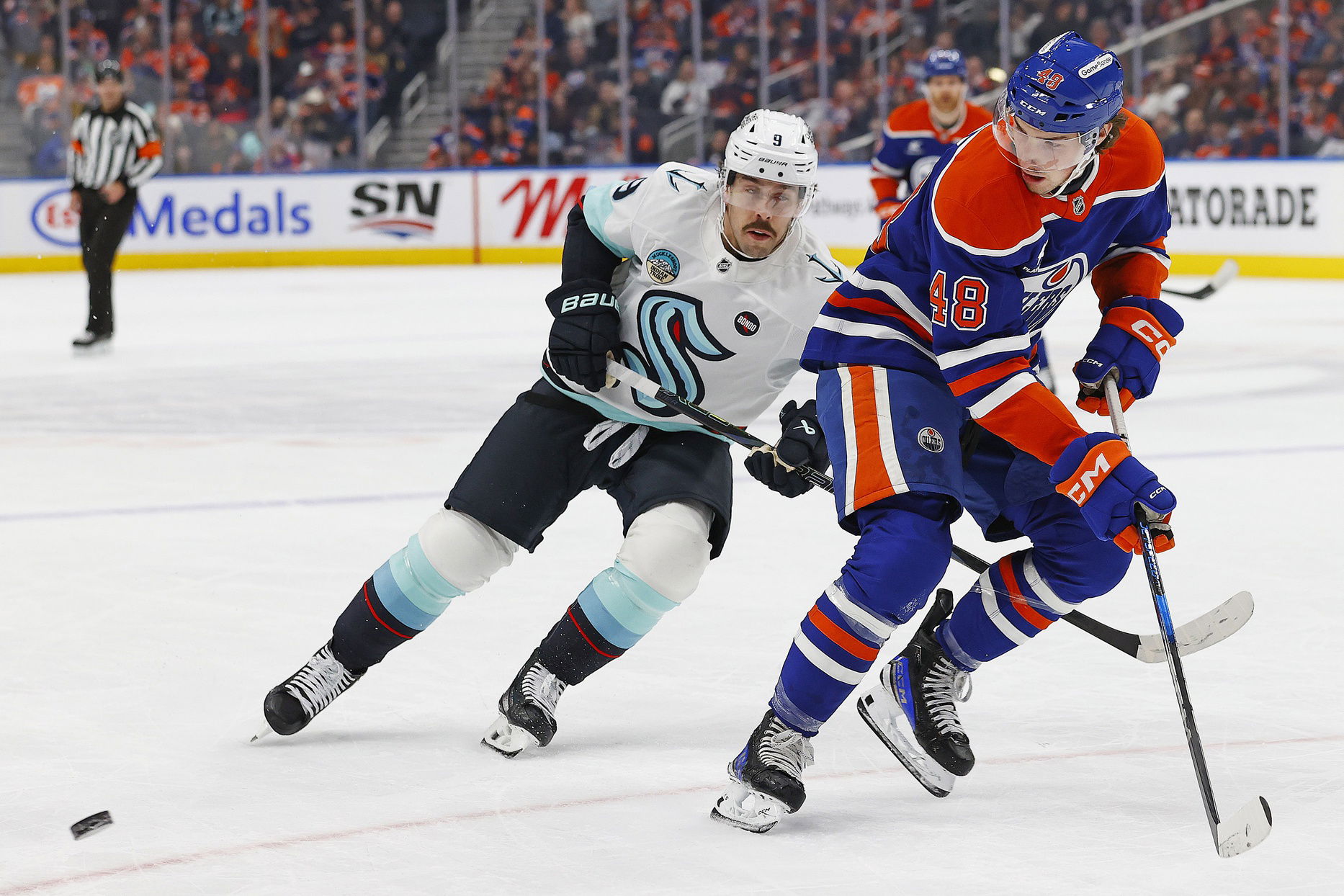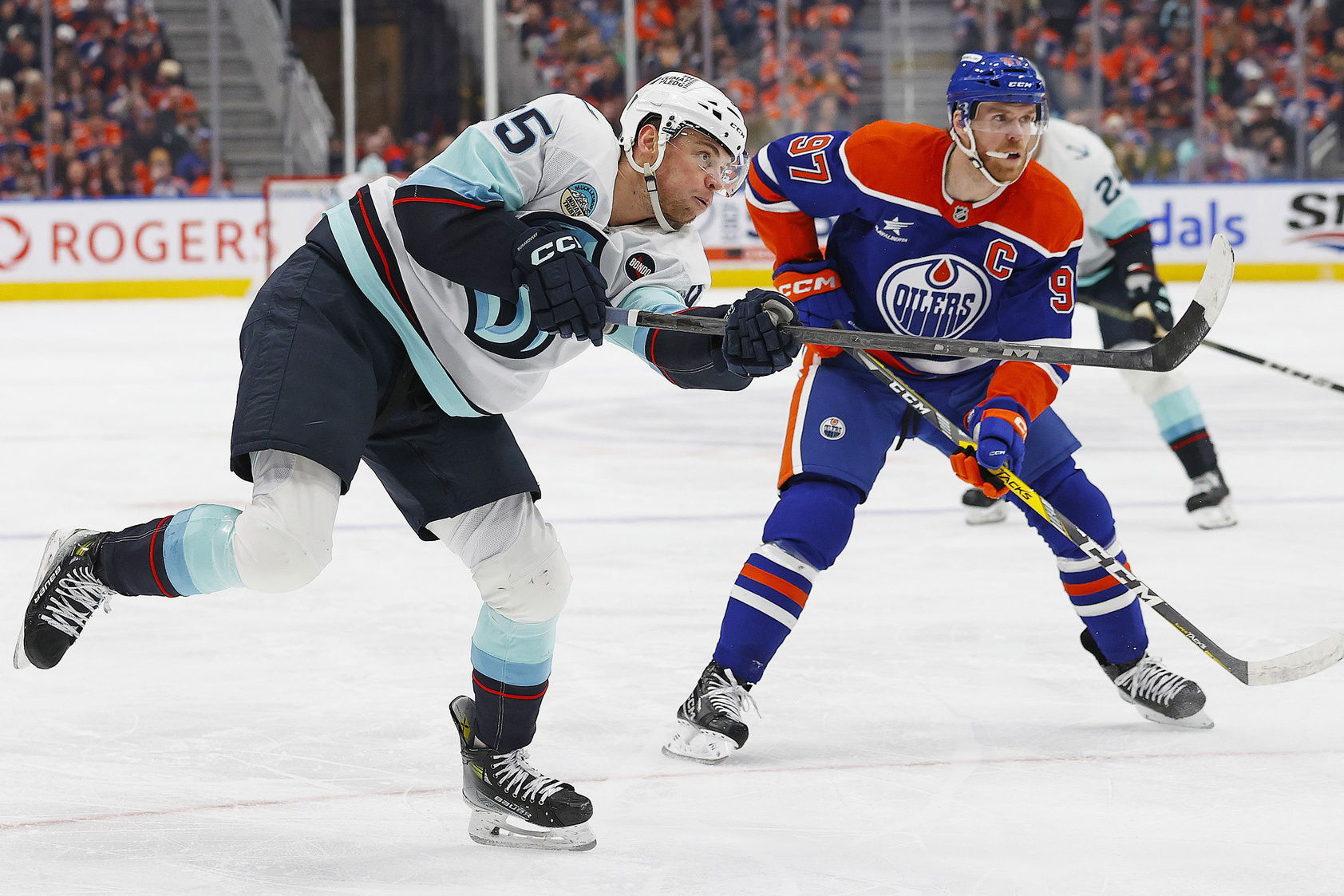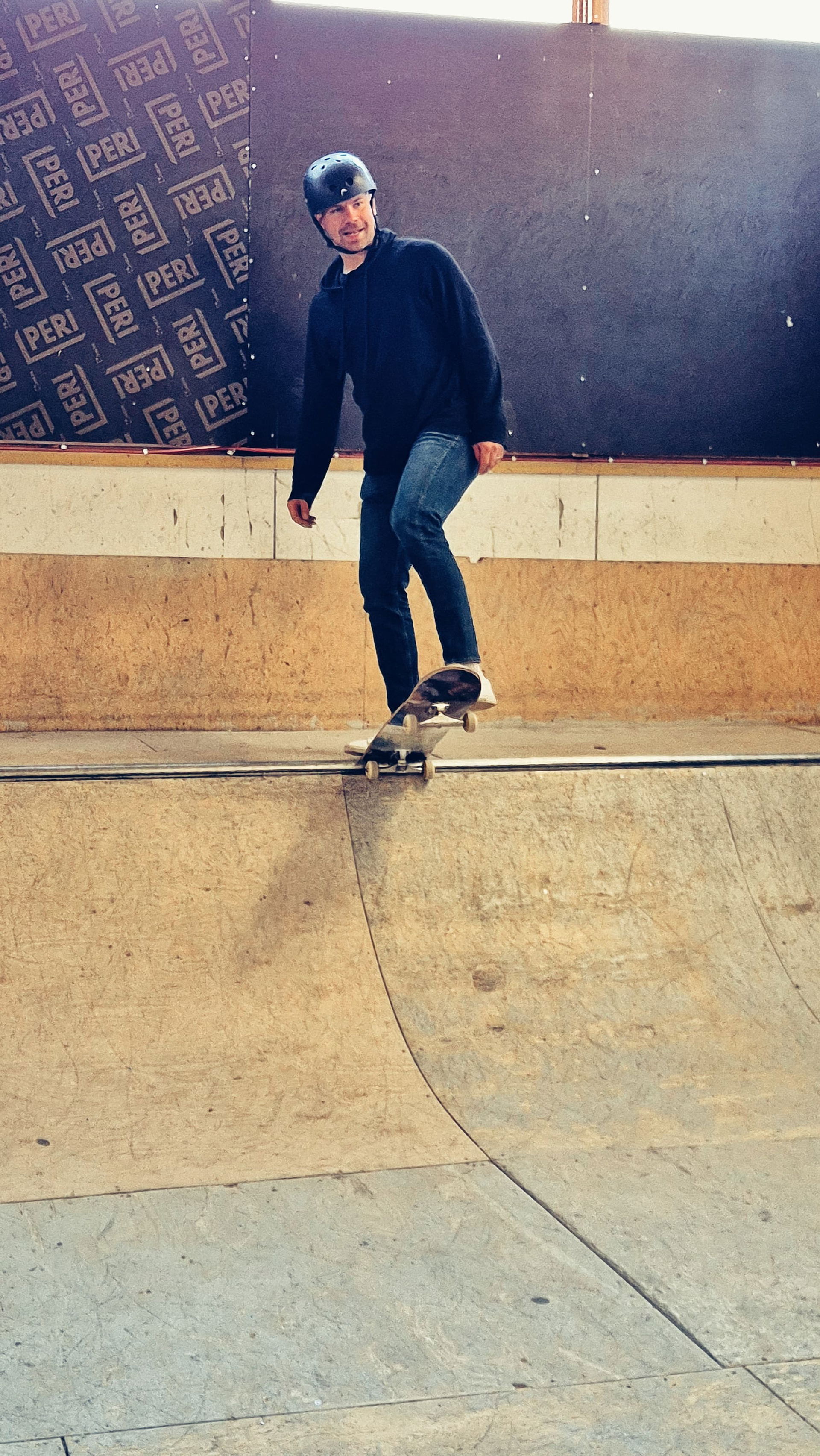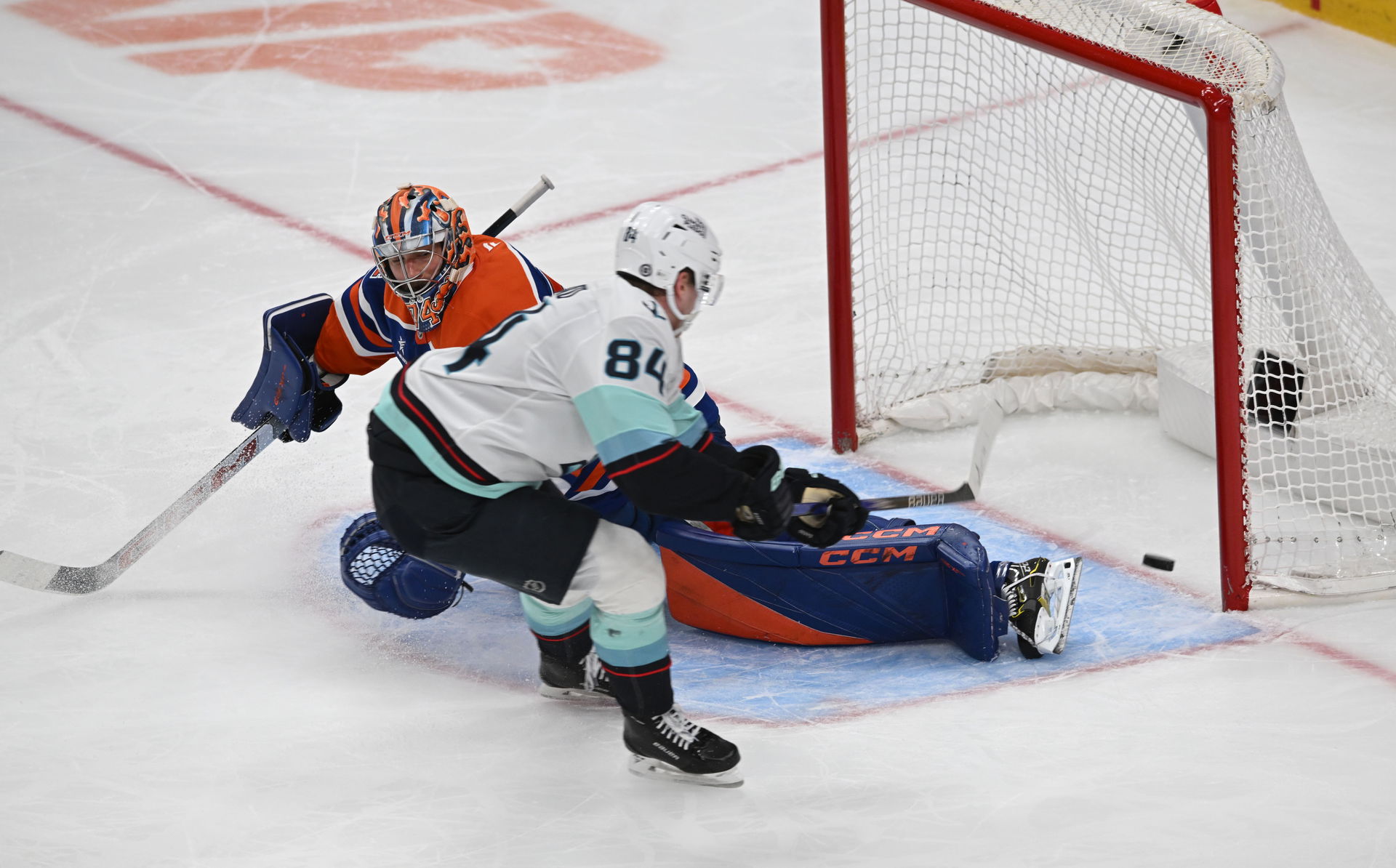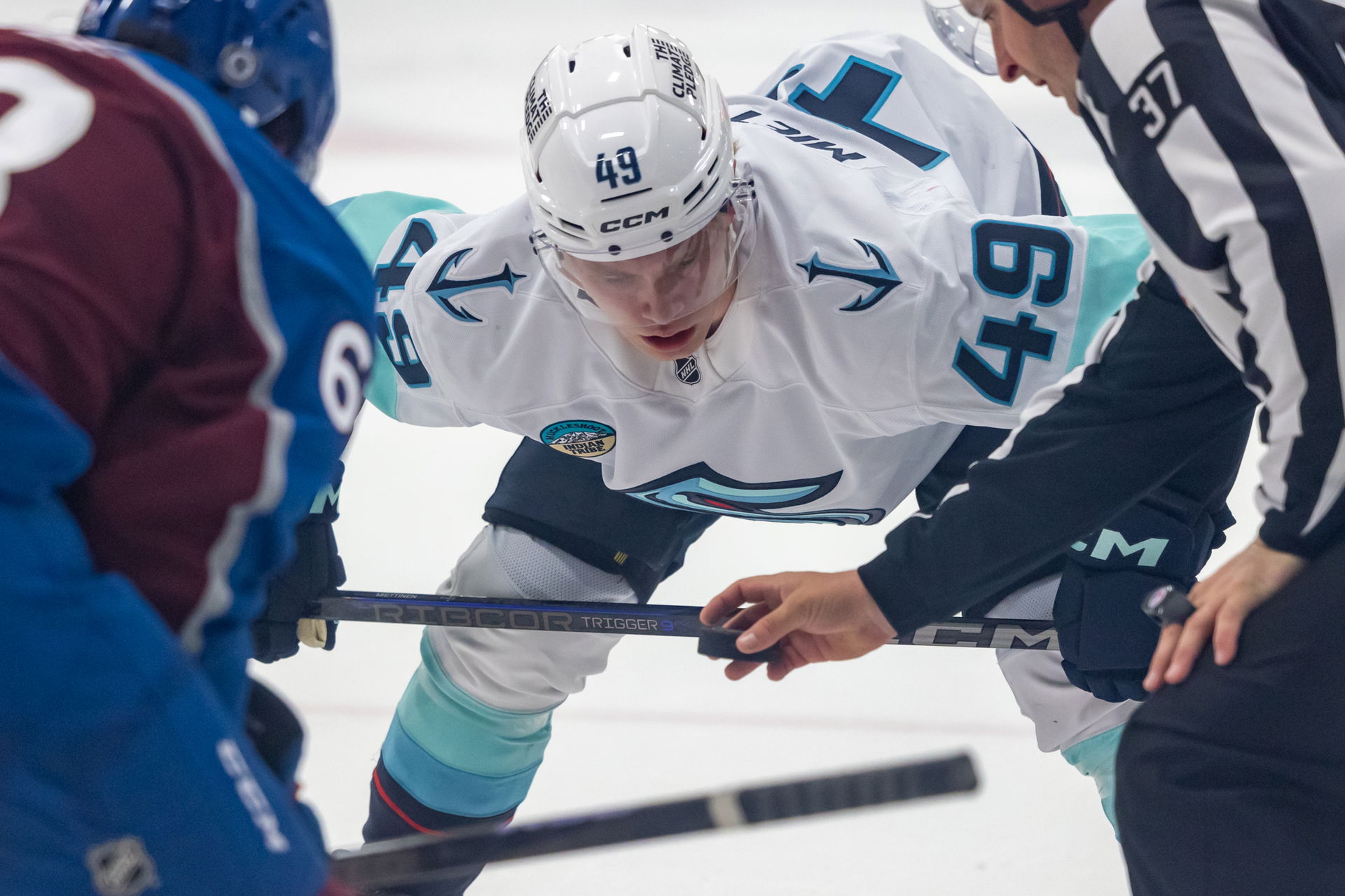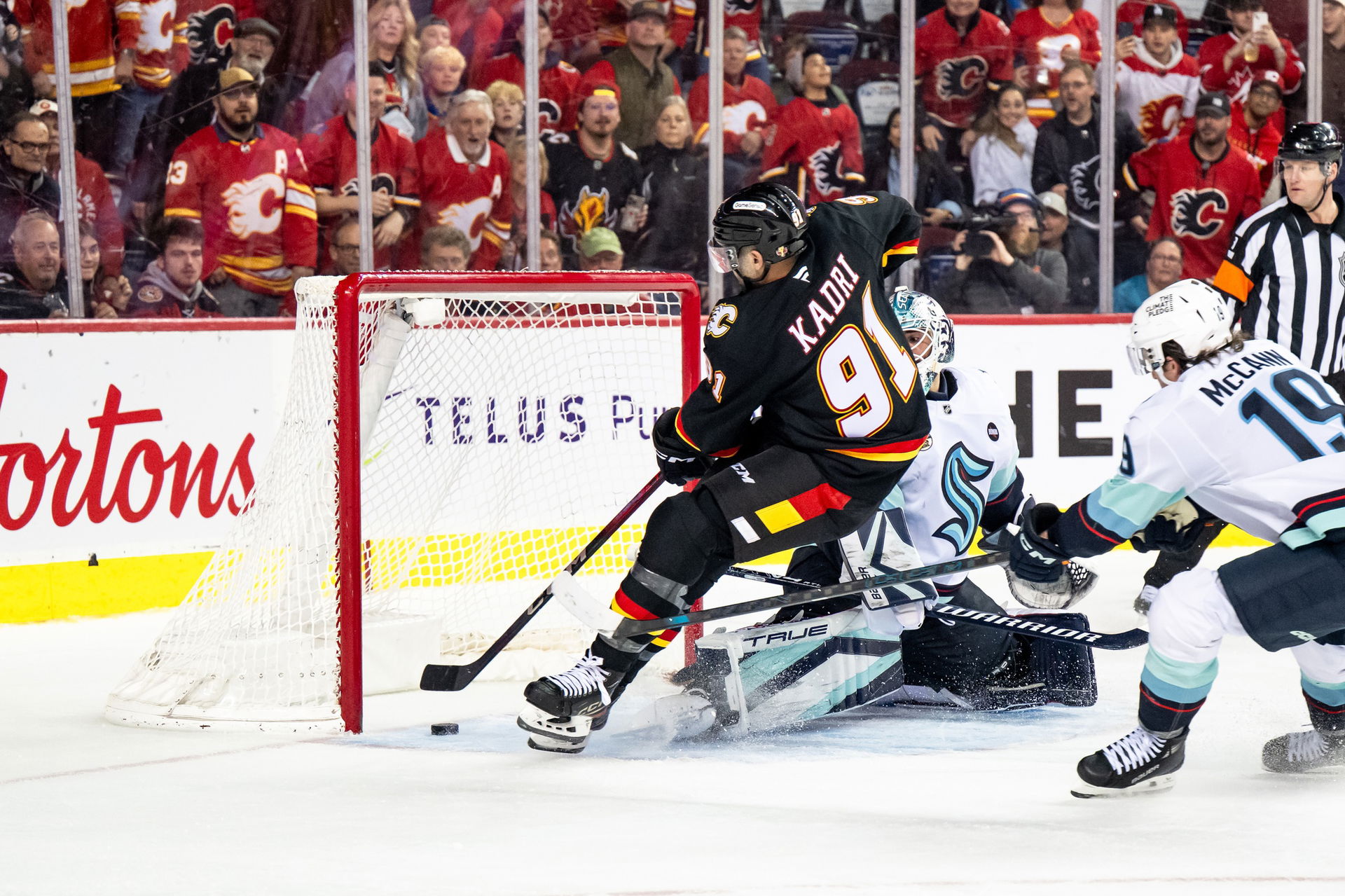
Even with 80 stops in one NHL game, Sam LoPresti's best save came at sea
Sam LoPresti’s heroism didn’t stop with his 80-save game. Later, he bailed out a different team: the United States Navy
 Even with 80 stops in one NHL game, Sam LoPresti's best save came at sea
Even with 80 stops in one NHL game, Sam LoPresti's best save came at seaNo other goaltender in NHL history can lay claim to a record number of saves on the ice and then produce one of the most extraordinary saves of all-time at sea.
Sam LoPresti made his big-league saves for the Chicago Black Hawks and his even harder-to-believe save for the U.S. Navy. First, let’s start with the ice part of this saga that truly strains credulity.
When goaltenders are overwhelmed with too many shots in a game, it has been said they suffer from “Rubber-itis,” as in too many six-ounce, vulcanized chunks of rubber being hurled at them.
As it happened, the ultimate case of “Rubber-itis” befell LoPresti. On March 4, 1941, the Eveleth, Minn., native guarded the Hawks net at the Boston Garden and faced an incredible 83 shots on goal. Frank ‘Mister Zero’ Brimsek – coincidentally, also from Eveleth – was the Boston netminder that night. Brimsek faced only 20 shots the entire game, while LoPresti stopped 27 pucks in the first period alone, followed by 31 in the second and 22 in the third, totalling 80 saves.
Only three goals got beyond LoPresti and it wasn’t until a late third-period score by Bruin Eddie Wiseman that the game was decided. The final score: Boston 3, Chicago 2.
“The Bruins didn’t get the winning goal until the end of the game,” LoPresti once recalled from his tavern in Eveleth. “Wiseman got it on a rebound. But we couldn’t do anything right from the opening faceoff; just couldn’t move the puck out of our zone. They were shooting from every angle and I didn’t see half the shots. They were bouncing off my pads, chest protector, my arms, my shoulders. I didn’t even know where they were coming from. I lost between eight to 10 pounds that night.”
After his second big-league season, the same year LoPresti faced the 83-shot barrage, he joined the United States Navy on the theory that “it was safer to face Nazi U-boats in the North Atlantic than vulcanized rubber in North America.” Unfortunately, Sam was wrong about that.
LoPresti enlisted in the hazardous Armed Guard section of the Navy, unknown to most but the brave World War II merchant mariners. They manned the Liberty Ships that plied the Atlantic on runs to England and even distant Murmansk, Russia. Each ship had at least one gun mount to cope with Nazi subs that were a constant threat. Instead of fending off rubber, LoPresti was making saves against both subs and aircraft.
He was the gunner’s mate on the merchant ship SS Roger B. Taney, which ferried supplies from its Brooklyn base to England. But on Feb. 7, 1943, Sam’s ship was spotted by a German sub and torpedoed. As fire spread across the decks, a second torpedo sunk the vessel. Sam and 28 other men were packed in a single lifeboat with minimal food and water. Remarkably, they spent 42 days at sea and were only able to survive thanks to LoPresti.
One day he got a bright idea after spotting a dolphin in the water nearby. The goalie somehow managed to lash his sheath knife to a boat hook and dove overboard. Finding the 35-pound dolphin, he killed it with his makeshift weapon whereupon his shipmates helped bring it aboard. Then they cooked the dolphin in a bucket with rags and kerosene and ate the meat. That dolphin saved their lives, thanks to LoPresti’s “save.”
Even more remarkably, the large lifeboat sailed 2,500 miles across the Atlantic before being picked up off the coast of Brazil. To this day, it remains one of the longest open boat voyages in history.
As for LoPresti, he and his emaciated mates were revived in a Santos, Brazil, hospital. Sam eventually returned to the U.S. and regained his playing weight. He never performed again in the NHL, but his dogged determination enabled him to continue playing in his post-war years.
He played minor league hockey until 1951 and died in 1984 at 67. During the interim, the forgotten hero had the pleasure of watching his son, Pete LoPresti, play six NHL seasons in net through the 1970s and into the 1980-81 season.

